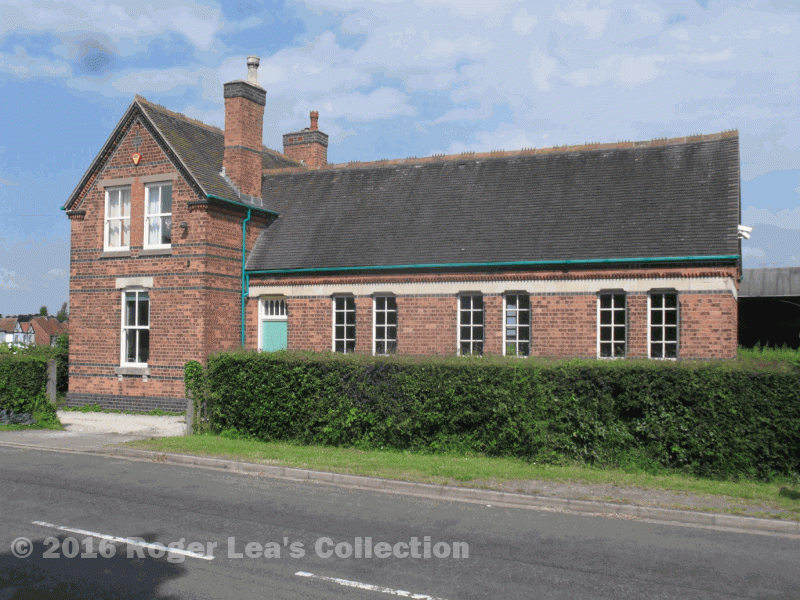The Warden and Society of Sutton Coldfield took advantage of the 1870 Education Act to review the provision of elementary education in the town. An inspector came and made a comparison between the number of school places available and the number of children of school age recorded in the 1871 census.
Over 100 extra places were required, and plans were made to extend existing schools and consider how to cater for outlying areas. In the south-east corner of Sutton, at Minworth Greaves (a small hamlet half-way between Minworth and Curdworth, but within the Sutton boundary) it was found that there were only 12 children, and places could be found for them by striking a deal with schools at Minworth or Curdworth (not in Sutton). The situation was different in the north-east, where over thirty children lived a long way from the nearest school at Mere Green.
The Warden and Society decided to build an infants school at Roughley near the junction of Weeford Road and Slade Road to serve the localities of Roughley, Turf Pits, Hillwood, Shepherds Pool, The Slade, and Muffins Den. In 1872 plans prepared by Mr. Jenkins for Roughley School, to accommodate not less than 50 pupils, were approved subject to the provision of an extra fireplace. At a later meeting of the Warden and Society the tender of Charles Palmer, an Erdington builder, to erect an infants school and premises at Roughley for £610 was accepted.
On 13th October 1873 it was reported that “the Infant School and Mistress’s House at Roughley” had been inspected and approved, and that £6 per annum was to be allowed for fuel; the school duly opened in 1874.
Twenty-two year old Clara Humpherston was the schoolmistress in 1881, and the census shows that she had three children boarding with her at the school house. The census for the area shows another fifty children of school age, most of their parents being listed as agricultural labourers. The school closed at haymaking and harvest time, when even the smallest hands were required to help bring in the crop. Two of the children, John and Elizabeth Humpherson, were no doubt related to the schoolteacher; they lived with their mother at Hill Wood. Mrs. Humpherson was a slop maker - slops were ready-made clothes cut out in bulk on machines - workers were then paid a pittance to sew them together at home.
The number of children at Roughley School fell as the local population declined, and when a new school opened at Reddicap Heath, the pupils were transferred there and Roughley School closed, having served the area for forty years.
